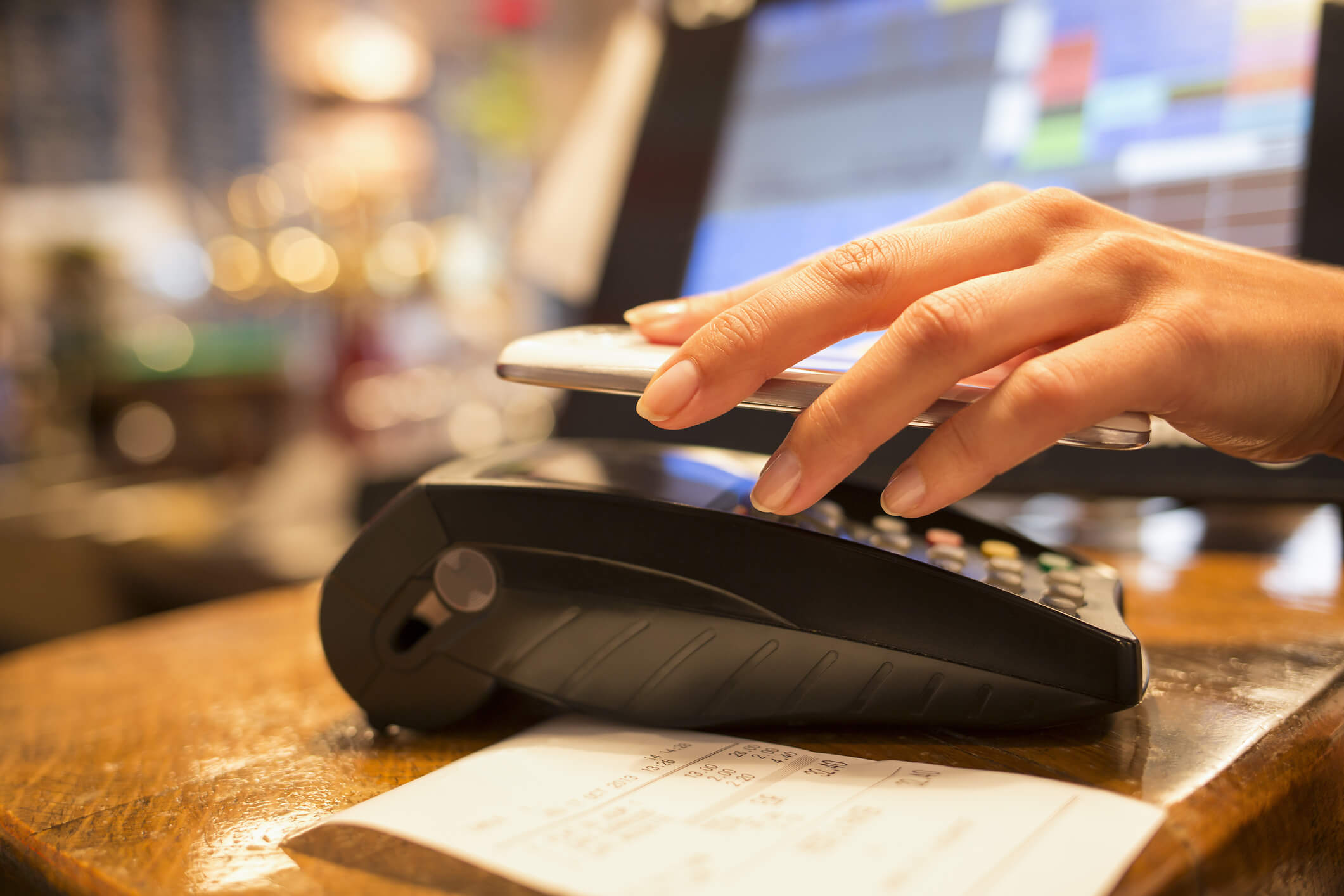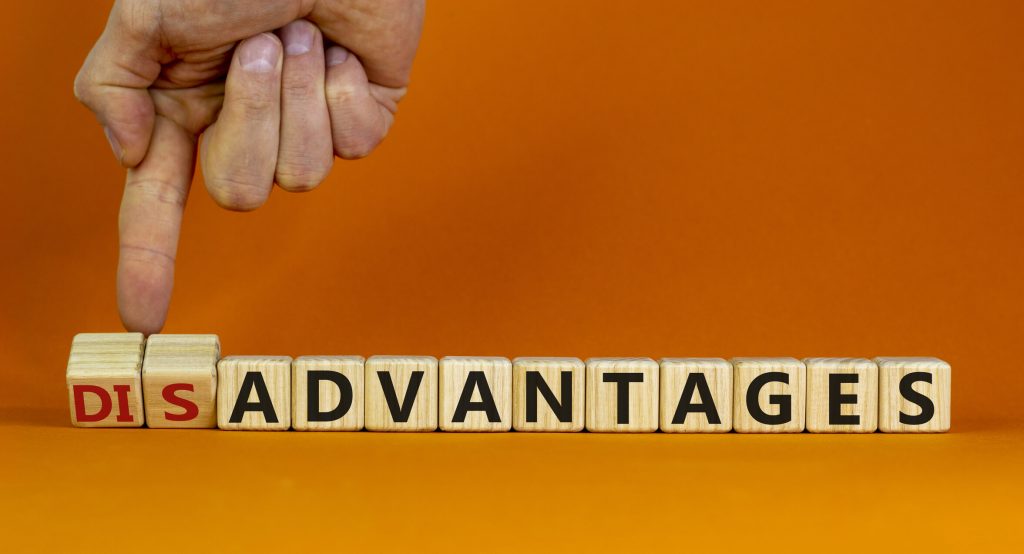
By alphacardprocess April 16, 2024
Contactless payments have become increasingly popular in recent years, offering a convenient way to conduct transactions with a simple tap. As technology continues to evolve, the ubiquity of these payment methods is becoming more pronounced in daily transactions around the globe. This article delves into the advantages and disadvantages of contactless payments, explores various aspects through frequently asked questions, and concludes with a summary of the key points.
What Are Contactless Payments?
Contactless payments refer to the methods of paying for goods or services without physically touching a payment terminal. Instead, transactions are completed using radio frequency identification (RFID) technology or near-field communication (NFC). This can be done through credit cards, debit cards, smartphones, or smartwatches.
Advantages of Contactless Payments

Contactless payments refer to the technology that allows consumers to pay for goods and services using debit, credit cards, smart devices, or RFID technology without physically touching the payment terminal. This article explores the numerous advantages of contactless payments, underscoring why they have become a preferred choice for consumers and businesses alike. Let’s explore the numerous advantages of contactless payments and why they are considered the future of transactions.
Fast and Efficient Transactions
One of the key advantages of contactless payments is the speed and efficiency they offer. With just a simple tap or wave of a card or mobile device, transactions can be completed in a matter of seconds. This eliminates the need for customers to fumble for cash or wait for change, resulting in shorter queues and improved customer satisfaction. According to a study conducted by Mastercard, contactless payments are up to 10 times faster than traditional card payments, making them an ideal choice for busy individuals and businesses.
No Need for Physical Contact or Cash Handling
Another significant advantage of contactless payments is the elimination of physical contact and the need for cash handling. In a world where hygiene and safety have become paramount, contactless payments provide a touch-free solution. Customers no longer need to hand over their cards or touch payment terminals, reducing the risk of spreading germs and viruses. This is particularly important in high-traffic areas such as supermarkets, restaurants, and public transportation, where multiple people come into contact with payment devices.
Enhanced Security Measures
Contactless payments offer enhanced security measures compared to traditional payment methods. Each transaction is encrypted and tokenized, ensuring that sensitive card information is not stored or transmitted. Additionally, contactless payments require authentication through biometric data or PIN entry, adding an extra layer of security. This significantly reduces the risk of card fraud and identity theft, providing peace of mind for both customers and businesses.
Increased Hygiene and Safety
In the wake of the COVID-19 pandemic, hygiene and safety have become top priorities for individuals and businesses alike. Contactless payments have emerged as a solution to minimize physical contact and reduce the spread of germs. According to a survey conducted by Visa, 63% of consumers now prefer to use contactless payments due to hygiene concerns. By eliminating the need for cash handling and physical contact, contactless payments contribute to a safer and more hygienic environment for everyone.
Convenience for Small Purchases
Contactless payments are particularly convenient for small purchases. Instead of searching for loose change or waiting for the cashier to count coins, customers can simply tap their card or mobile device for quick and hassle-free transactions. This is especially beneficial for businesses that rely on high-volume, low-value transactions, such as coffee shops, convenience stores, and vending machines. Contactless payments streamline the payment process, allowing customers to make quick purchases without the need for cash.
Seamless Integration with Mobile Devices
With the widespread use of smartphones and mobile devices, contactless payments have seamlessly integrated into our digital lives. Mobile payment apps such as Apple Pay, Google Pay, and Samsung Pay allow users to store their card information securely and make contactless payments with just a few taps on their devices. This convenience eliminates the need to carry physical cards and provides a seamless payment experience across various platforms and devices.
Accessibility for All
Contactless payments are accessible to all individuals, regardless of their age or technological proficiency. The simplicity of tapping a card or device makes it easy for anyone to use contactless payments, including the elderly and those with limited dexterity. Additionally, contactless payments can be used by individuals who do not have access to traditional banking services, as prepaid cards and mobile wallets can be used for contactless transactions. This inclusivity ensures that everyone can benefit from the advantages of contactless payments.
Reduced Risk of Fraud and Theft
Contactless payments significantly reduce the risk of fraud and theft compared to traditional payment methods. With traditional card payments, there is always a risk of card skimming or theft of card information. However, contactless payments use advanced encryption and tokenization technology, making it extremely difficult for fraudsters to intercept and misuse card data. Additionally, the need for authentication through biometric data or PIN entry adds an extra layer of security, further reducing the risk of unauthorized transactions.
Disadvantages of Contactless Payments

With just a tap or wave of a card or mobile device, consumers can make quick and seamless transactions. However, while contactless payments offer numerous benefits, it is important to consider the potential disadvantages and risks associated with this technology. Let’s explore the various drawbacks of contactless payments and examine whether the convenience they provide is worth the potential risks.
Vulnerabilities and Fraud Risks
One of the primary concerns surrounding contactless payments is the issue of security. While contactless technology is designed to be secure, there are vulnerabilities that can be exploited by fraudsters. For example, criminals can use devices to intercept and capture the data transmitted during a contactless transaction, leading to unauthorized access to sensitive information.
Easy Access for Unauthorized Users
Unlike traditional payment methods that require a PIN or signature for authentication, contactless payments often do not require any form of verification. This lack of authentication makes it easier for unauthorized users to make fraudulent transactions if they gain access to a contactless card or device. Without proper safeguards in place, this can lead to financial losses for consumers.
Potential for Personal Information Theft
Another significant disadvantage of contactless payments is the potential for data breaches. If a retailer’s payment system is compromised, it can result in the theft of customers’ personal and financial information. This can lead to identity theft, unauthorized transactions, and other forms of fraud. The increasing frequency of data breaches in recent years highlights the importance of robust security measures in the contactless payment ecosystem.
The Threat of Digital Pickpocketing
Contactless payments rely on radio frequency identification (RFID) technology, which can be susceptible to skimming and scanning. Skimming involves criminals using a device to capture the payment information from a contactless card without the cardholder’s knowledge. Scanning, on the other hand, involves intercepting the radio waves emitted by a contactless card to obtain the payment data. Both methods can be used by thieves to steal sensitive information and make unauthorized transactions.
Not Universally Supported
Despite the growing popularity of contactless payments, there are still limitations to its acceptance. Not all merchants and businesses have adopted contactless technology, which can be inconvenient for consumers who rely solely on this payment method. This lack of universal support can restrict the usability and convenience of contactless payments in certain situations.
Incompatibility with Older Payment Systems
Another challenge faced by contactless payments is the incompatibility with older payment systems. Some retailers may still use outdated point-of-sale terminals that do not support contactless transactions. This can create frustration for consumers who are unable to use their contactless cards or devices at these establishments, forcing them to resort to alternative payment methods.
Reluctance to Invest in Contactless Technology
The adoption of contactless payment technology requires merchants to invest in new infrastructure and equipment. This can be a significant barrier for smaller businesses or those with limited resources. As a result, some merchants may be reluctant to embrace contactless payments, limiting the availability and convenience of this payment method for consumers.
Risks of System Failures
Contactless payments heavily rely on technology, which introduces the risk of system failures. Connectivity issues, such as poor internet or network coverage, can disrupt payment processing and cause delays or failures in transactions. Additionally, power outages can render contactless payment systems temporarily unusable, leaving consumers unable to make payments.
Frequently Asked Questions
Q.1: Are contactless payments safe?
Answer: Yes, contactless payments are safe. Each transaction is encrypted and tokenized, ensuring that sensitive card information is not stored or transmitted.
Q.2: Can I use contactless payments for large purchases?
Answer: Yes, they can be used for large purchases. However, some merchants may have transaction limits for contactless payments. If the purchase exceeds the limit, you may be required to use an alternative payment method.
Q.3: What happens if my contactless card is lost or stolen?
Answer: If your contactless card is lost or stolen, you should immediately contact your card issuer to report the loss. Most card issuers have fraud protection measures in place and will block any unauthorized transactions. Additionally, some contactless payment apps allow you to remotely disable your card or device to prevent unauthorized use.
Q.4: Can I use contactless payments internationally?
Answer: Yes, they can be used internationally. However, it is important to check if the country you are visiting accepts contactless payments and if your card or mobile device is compatible with their payment terminals. It is also advisable to inform your card issuer of your travel plans to avoid any potential issues.
Q.5: Can contactless payments be used for large transactions?
Answer: Contactless payments typically have transaction limits imposed by card issuers or payment networks. These limits are in place to mitigate the risk of fraud. For larger transactions, consumers may need to use alternative payment methods or enter a PIN for verification.
Q.6: Can contactless payments be tracked?
Answer: Contactless payments can be tracked to a certain extent. Payment networks and card issuers may collect transaction data for various purposes, such as fraud prevention and marketing analysis. However, it is important to note that personal information should be handled securely and in compliance with privacy regulations.
Conclusion
The discussion on the advantages and disadvantages of contactless payments highlights the dynamic interplay between convenience, speed, and security against concerns like fraud, privacy, and technological limitations. In essence, the journey of integrating contactless payment systems globally will be one of balancing the ease and efficiency it brings against the challenges it poses, ensuring that this modern convenience does not become a modern concern.
